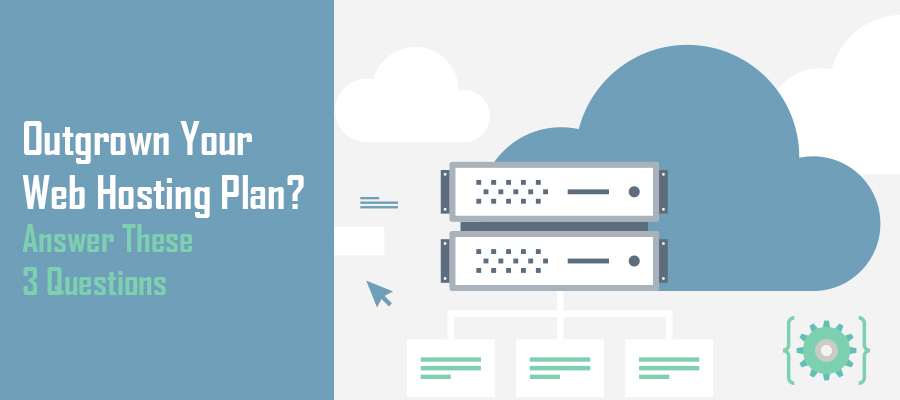 You’ve spent countless hours refining your website. From defining content strategy to constructing a performance-driven infrastructure, your hard work has finally paid off. Traffic is steadily rising and you’re enjoying the fruits of your labor.
You’ve spent countless hours refining your website. From defining content strategy to constructing a performance-driven infrastructure, your hard work has finally paid off. Traffic is steadily rising and you’re enjoying the fruits of your labor.
Then, without warning, your once-thriving site begins to slow. What was once a responsive and stable digital environment is transforming into an unpredictable platform. While there are many reasons why this is happening, in order to determine the root cause you must begin the important task of troubleshooting.
If you’ve made little changes to your site, the problem may not actually be its layout and infrastructure. Rather, the culprit may be that you’ve simply outgrown your web hosting provider. While this isn’t the most complex issue to solve, time is imperative. To determine whether you’ve grown too large for your current hosting plan, answer these three questions:
What Are Your Current Load Times vs. Historic Benchmarks?
As a website owner, you should consistently review page load speed. Not only does this information offer insights of overall site health, but also ensures your site is optimized for ranking.
One of the most common signs that you’ve outgrown your web hosting plan is a sudden slowdown in page loading speed. The best way to check this essential metric is through a reputable online tool. Dotcom-Monitor has a free website speed test to analyze the elements loading on your web page.
While there are temporary issues that your web hosting provider can experience that may slow your page speed, if this problem persists, then it may be you’ve outgrown the bandwidth and speed capabilities of your current plan.
Is Your Shared Hosting Plan Shared Too Much?
Yes, sharing is caring. But, in the realm of web hosting, too much sharing is detrimental to your website speed. If you’ve suddenly experienced a slowdown in performance and speed, and utilize a shared hosting plan, it’s time to do some investigating.
Check your service level agreement, or SLA, to determine the regulations of a shared server. Within this statement, you should find information pertaining to the total number of websites allowed to be hosted on a single server. If this information is unavailable, or you feel they’ve breached these terms, contact the hosting provider to inquire about the number of sites currently hosted on your server.
Even if they’re within the acceptable range, it could be another site is demanding far more resources than normal. This commonly happens when the site experiences an increase in traffic or is being targeted in a malicious attack.
Ultimately, if this is the cause of your slowdown you’ll need to upgrade because you’ve outgrown your web hosting plan. If you aren’t able to afford the cost of a dedicated server or Virtual Private Server (VPS), consider going with a cloud-based hosting plan. This unique hosting service delivers the power, stability and security of VPS hosting, but with a cost that’s more aligned with shared hosting plans.
What Is Your Server’s IP Reputation?
With shared hosting plans, your IP address is the same as any other site located on the same server. While this is typically not an issue, if Google detects a site on the same IP is a spam site, or an adult-themed platform, you could experience ranking issues. While this isn’t specific to speed and performance, it is worth investigating if your site suddenly drops off Google or you experience a decline in organic traffic.


